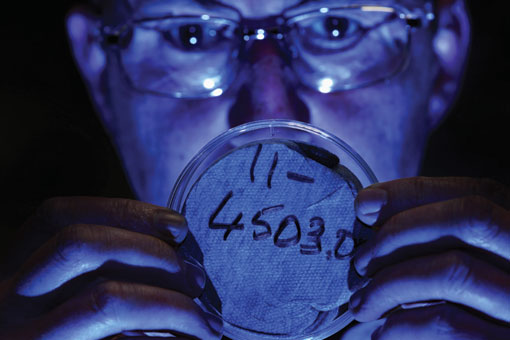Funding pharmas
As public sector initiatives to support pharmaceutical developments grow scarce, private investors step in to ensure growth

During the 1990s we saw an increase of nearly 100 percent in overall investment funding for pharmaceutical research in the US. This led to the development of various new drugs. After 2003 these investments started to taper off as a result of a reduction of government support for drug development. Mega mergers within the industry might also have caused a decline in private investments in this field.
The Journal of the American Medical Association said in a study published in 2010 that its researchers estimated that a total of $100bn was currently invested in biomedical research in the US. This was the biggest study to date, which attempted to quantify funding by private companies, the government and the industry.
According to the JANA study, the biggest source of funding during 2007 was industry, which represented 58 percent of the total amount. The federal government was the second biggest provider of funds with 33 percent of the total. The rest was made up by individual donors, advocacy organisations and foundations.
Authors, Jason de Roulet, E. Ray Dorsey, Joel P. Thompson, et al, wrote, “After a decade of doubling, the rate of increase in biomedical research funding slowed from 2003 to 2007.”
In February 2011 an article published in the New England Journal of Medicine entitled ‘”Biomedical Research and Health Advances” suggested that the industry’s share of total investment into biomedical research was even larger at present. The article suggests a figure of 65 percent, with the government contributing 30 percent and foundations, charities and individual donors making up the rest.
The Pharmaceutical Research and Manufacturers of America industry trade group and Burrill and Company released a report in March last year showing that in 2010, $67.4bn was invested in the research and development of new medicines by biopharmaceutical research companies.
Venture capitalists often invest in new pharmaceuticals, especially if a groundbreaking drug, which could provide huge returns on their investments, is being researched. Most venture capital companies, however, realise that a pharmaceutical investment is a long-term undertaking. In total, they invested a total of $21.8bn in 3,277 separate deals during 2010. This was an increase of 12 percent in the number of investment deals and 19 percent in the amount involved over the previous year.
Toucan Capital is a well-known venture capital company in the US, which has, in the past, invested in pharmaceutical businesses. Another major venture capital company that regularly invests in the pharmaceutical industry is Domain Associates; it was involved in 41 deals during the last 18 months.
Healthcare Ventures has raised around $1.6bn for investments in the pharmaceutical industry over the past 24 years. Polaris Venture Partners is a venture capital firm that has made several investments in pharmaceutical start-ups over the years.
The drawback of this approach is unfortunately the fact that venture capitalists inevitably take part of the company they are investing in, so ownership will no longer be exclusively in the hands of the original entrepreneur.
The New Economy’s 2012 Healthcare Awards are now open. To vote, click here.













